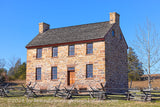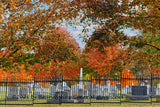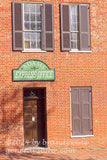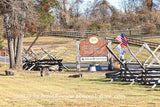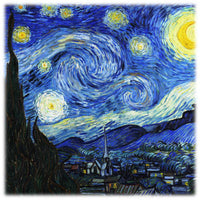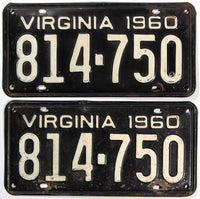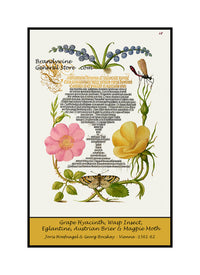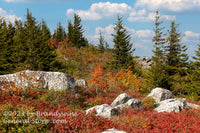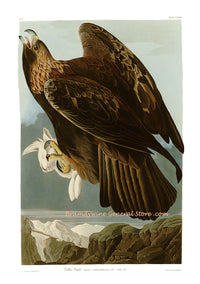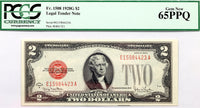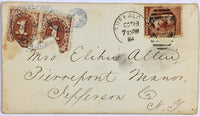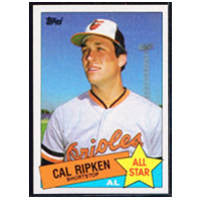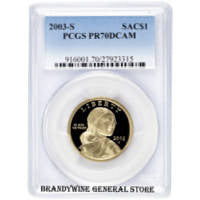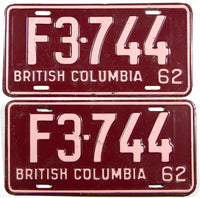Long Billed Curlew Art Print by John James Audubon
An archival premium Quality Art Print of the Long Billed Curlew by John James Audubon for sale by Brandywine General Store. The artist painted the curlew for his ornithology book The Birds of America. This large water bird was the 231st plate or picture in the first Havell edition and shows a rare city scene of Charleston South Carolina in the background. A male and female pair of curlews are on a bank along the water's edge searching for food with their long curled bills. Numenius Longirostris - Audubon says the following about this water bird "The Long-billed Curlew is a constant resident in the southern districts of the United States, whereas the other species are only autumnal and winter visitors. It is well known by the inhabitants of Charleston that it breeds on the islands on the coast of South Carolina; and my friend the Reverend JOHN BACHMAN has been at their breeding grounds. That some individuals go far north to breed, is possible enough, but we have no authentic account of such an occurrence, although many suppositions have been recorded. All that I have to say on this subject is, that the bird in question is quite unknown in the Magdeleine Islands, where, notwithstanding the assertions of the fishermen, they acknowledged that they had mistaken Godwits for Curlews. In Newfoundland. This bird is the largest of the genus found in North America. The great length of its bill is of itself sufficient to distinguish it from every other. The bill, however, in all the species, differs greatly, according to the age of the individual, and in the present Curlew I have seen it in some birds nearly three inches shorter than in others, although all were full grown. In many of its habits, the Long-billed Curlew is closely allied to the smaller species of Ibis; its flight and manner of feeding are similar, and it has the same number of eggs. Unlike the Ibis, however, which always breeds on trees, and forms a large nest, the Curlew breeds on the ground, forming a scanty receptacle for its eggs; yet, according to my friend BACHMAN, the latter, like the former, places its nests "so close together, that it is almost impossible for a man to walk between them, without injuring the eggs...." Audubon bird print #231



